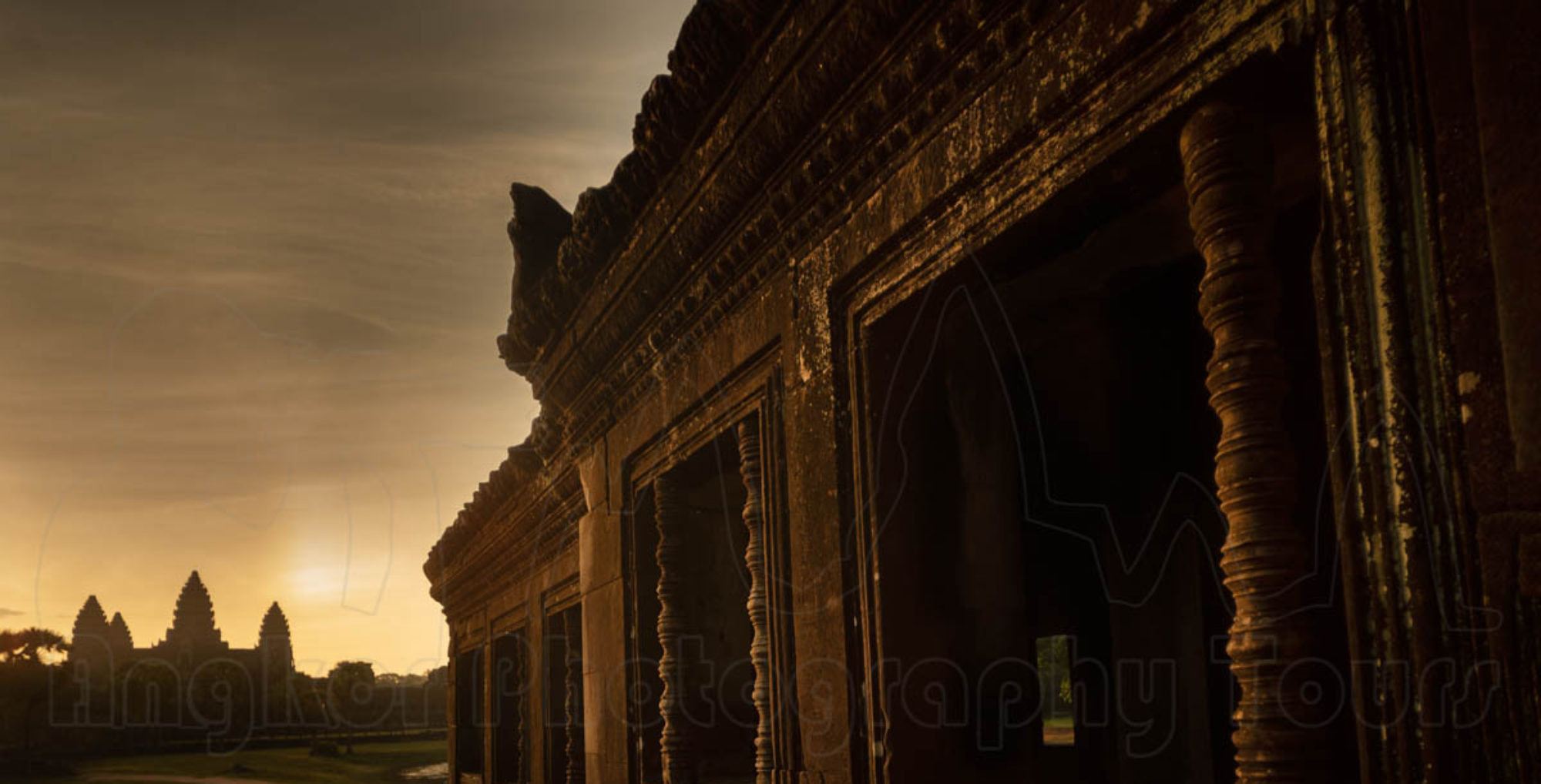


From Angkor the Khmer kings ruled over a vast domain which reached from Vietnam to China to the Bay of Bengal. The temples of Angkor, crafted by the Khmer civilization between 8 AD, represent one of humankind's most astonishing architectural achievements. 18), derived from measurements of axes and circumferences of elements.There are two great complexes of ancient temples in Southeast Asia, one at Bagan in Burma, the other at Angkor in Cambodia. This module the author identifies as a cubit of 43.545 cm (p. This hypothesis depends on an accurate determination of the basic module used to lay out the monument. The key element in Mannikka's argument for numerology's influence on the design of Angkor rests on her contention that dimensions of various architectural components were determined by the desire to use symbolic numbers of units of length. Examples of the use of 54 + 54 = 108 at Angkor Wat are not numerous, however.

This number was significant in pan-Asian symbolism. There are 54 statues of gods and 54 of asuras, giving a total of 108. For example, the bridge across the western moat depicts the churning of the sea of milk by the gods and demons (asuras). It is clear that numbers of some elements at Angkor War were symbolic. The nature and role of kingship are peripheral to the book's main thesis: that numerological and astronomical considerations played a dominant role in the design of Angkor War. It was long asserted that deification of Southeast Asian rulers was a result of Indianization evidence suggests that this concept probably appeared in Cambodia in the early tenth century, with the advent of a usurper. Similarly, she does not discuss the possibility that the deification of Khmer kings evolved gradually. Mannikka argues instead that the cult object "occupied a place of supremacy among all the territorial and ancestral gods" (p. 302) but disputes his conclusion that this cult was relatively unimportant. The discussion of the Khmer political system and the "devaraja cult" notes Kulke's (1974/1978) article on the subject (although it is omitted from the bibliography, it is cited in footnote 23, p. A slightly disagreeable error is the consistent use of "fit" as a past participle instead of "fitted." The numerous figures and illustrations are almost always presented on the same page as the related text, a rare boon that assists enormously in following the complex argument. The book is well-written given the technical nature of much of the argument, and has been very well produced. The author argues that Angkor Wat's dimensions and ground plan were determined by complex numerology reinforcing the correlation between the kingdom, the king, and heavenly order. The book under review suggests that the ancient Khmer went to an even greater extent than has yet been acknowledged to ensure that their religious monuments mirrored macrocosmic reality. Ritual calendars required complicated calculations to predict lunar phases. References to about forty different stars and numerous constellations appear in inscriptions. In addition to designing religious monuments meant to represent a mythological cosmos, classical Southeast Asian civilizations knew something about the real nature of the heavens. The people who created the classical civilizations of Southeast Asia were intent upon harmonizing their earthly kingdoms with a heavenly order. illustrated, bibliography, index, appendices.

Honolulu: University of Hawa`i Press, 1996.


 0 kommentar(er)
0 kommentar(er)
